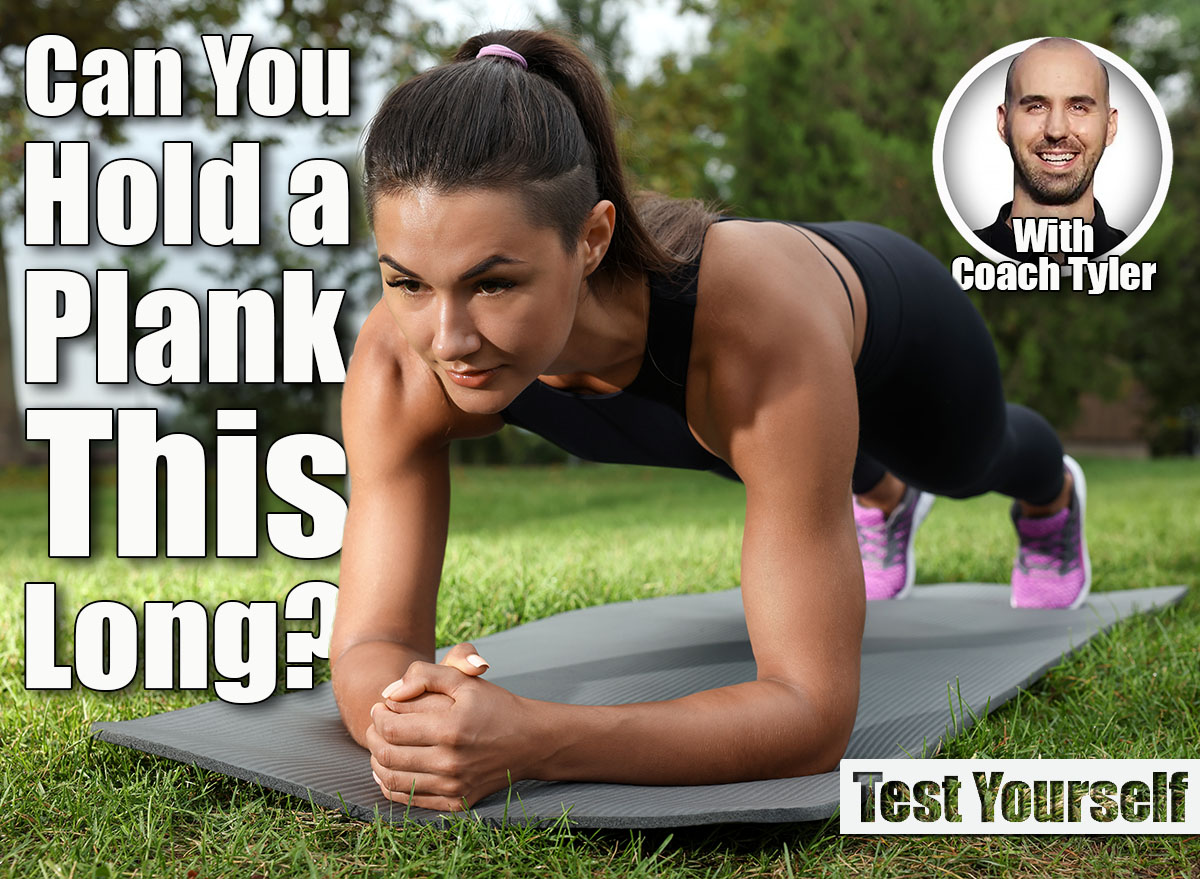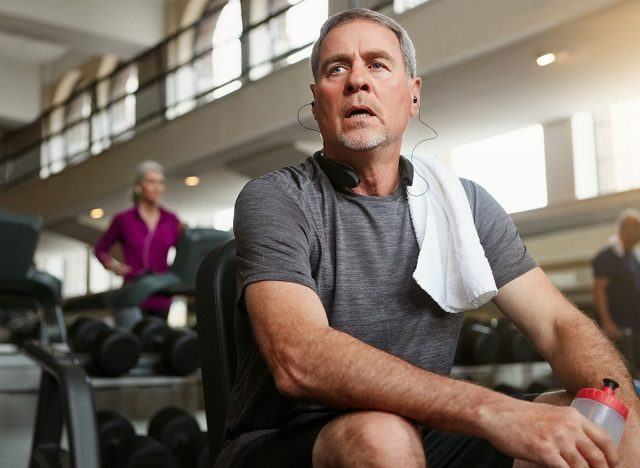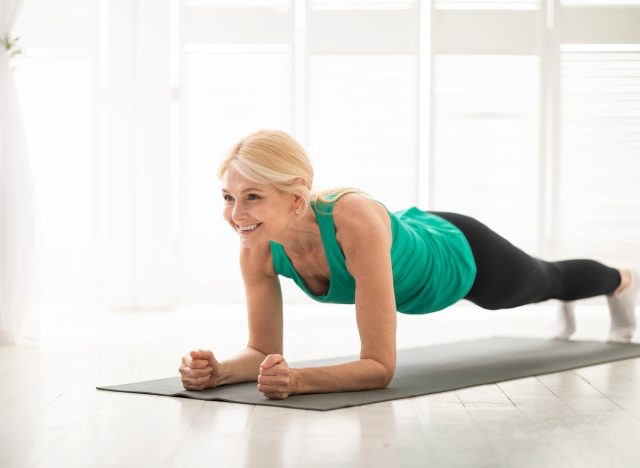If You Can Hold a Plank This Long After 60, Your Abs Are Better Than Most

The plank remains one of the most revealing ways to measure real-world core strength. It goes far beyond looks, it tells you how well your body stabilizes, aligns, and resists fatigue. After 60, maintaining that deep core control protects your back, supports balance, and keeps everyday movements smooth. The time you can hold a plank says as much about your health as it does your fitness.
Unlike crunches or sit-ups, the plank trains endurance, posture, and coordination all at once. Your abs, shoulders, hips, and glutes must work together to keep you steady. That total-body tension reflects how effectively your muscles communicate, which often declines with age. Holding firm under pressure shows your strength hasn’t faded, it’s evolved into stability and resilience.
Every second in a plank challenges more than just muscle, it tests focus and breathing. You learn to control effort without losing precision. Over time, increasing your hold builds not only visible strength but also the core endurance that keeps your spine supported and your movements powerful. Let’s break down how long a strong plank hold really is, what your results reveal, and how to keep improving them.
How Long You Should Hold a Plank After 60
Holding a 45-second plank places you above average for your age group, showing solid strength and endurance. A full 60 seconds or more signals exceptional stability and muscular control, putting your core in elite condition for your age. For those just starting, maintaining even 20 to 30 seconds with perfect form offers meaningful results. Quality always outweighs quantity. Each additional 5 seconds you can hold builds greater functional power and spinal support.
Plank endurance depends on breathing, bracing, and alignment, not just raw strength. Keeping your abs tight and hips level makes every second count toward genuine core improvement. If you can hold firm without shaking or sagging, you’re already outperforming most. The goal isn’t to rush, but to sustain steady strength that feels grounded from start to finish.
What Your Results Say About Your Core

A strong plank hold reflects a resilient, well-trained midsection that supports every major movement. Your abs, back, and hips act as one unit to keep your posture upright and your motions stable. That level of coordination carries over to everything, from lifting groceries to climbing stairs to protecting your spine from strain. A solid core also improves balance and reduces the risk of falls, keeping you confident and agile.
If your current hold feels short, that doesn’t mean your strength is gone, it simply shows where your foundation needs rebuilding. Even small improvements lead to big changes in stability and control. As your endurance grows, you’ll notice your body feeling more balanced and your movements more effortless. Strength at 60 comes from consistency, not perfection.
How to Improve Your Plank Hold Time

Start by practicing perfect form before chasing longer times. Position your elbows directly under your shoulders, engage your abs, and keep your body in a straight line from head to heels. Squeeze your glutes and breathe slowly through your nose to stay steady. Begin with short holds of 15 to 30 seconds and rest as needed between attempts.
To progress, mix in side planks, forearm planks, and plank shoulder taps to challenge your stability from new angles. Strengthen your core further with bird-dogs, dead bugs, or mountain climbers to enhance endurance. Add just 5 to 10 seconds each week, focusing on keeping tension tight and form clean. With steady practice, your plank time will climb, and so will your confidence in your body’s lasting strength.